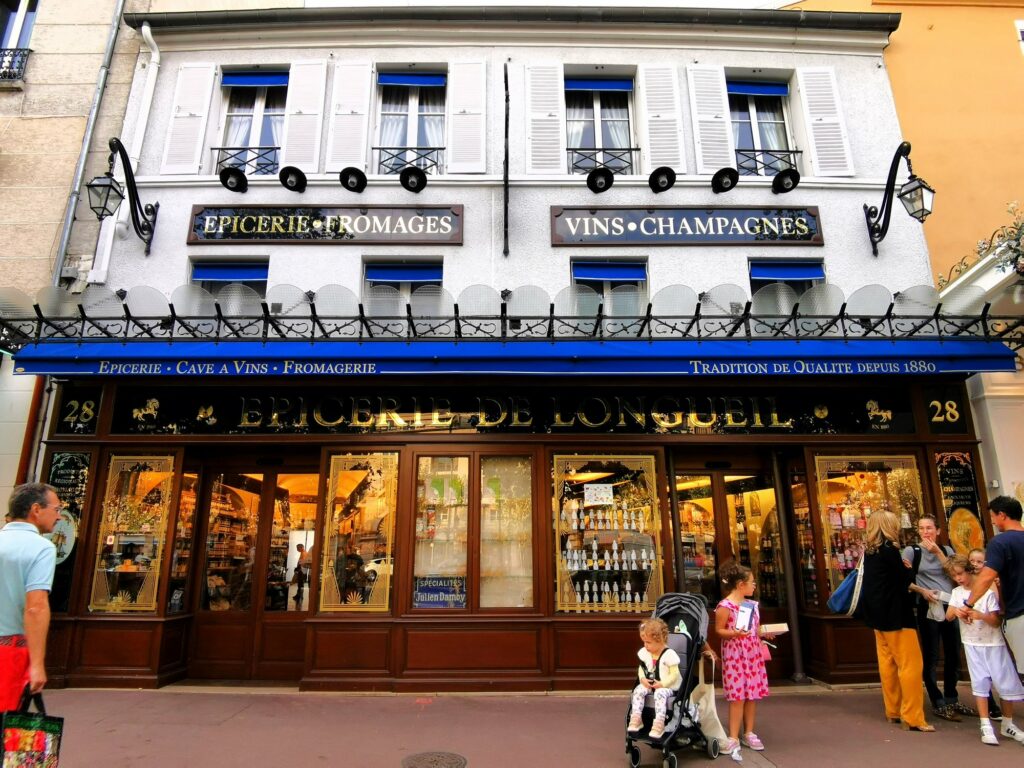The fine food market is poised for further global growth
The fine food market is expanding worldwide with Europe and North America driving much of the growth
Fine food and delicatessen shops are in. Food consumption is currently driven by consumers increasingly looking for quality, organic, sustainable and labelled products. As many cities around the world experience a surge in gentrification, the demand for fine food shops is on the rise.
Driven mainly by Europe and North America, the global delicatessen market is expanding on every continent and by the end of 2023 it is expected to see a 5.9% growth in North America (Source: Grand View Research).
In Europe, France and Italy are leading the way, ahead of Spain, Portugal and the countries of Eastern Europe, which are also increasingly attracted to gourmet products. Both France and Italy boast more than 55,000 dedicated brands in the secto and there are now more than 5,300 delicatessens in France, compared with just 4,000 in 2014. This only demonstrates the attractiveness and dynamism of the sector, driven by consumers’ growing appetite for quality food products.
This buoyant market is currently estimated to be worth between €7 and €9bn, and the outlook for growth is promising: sales for the leading chains are expected to grow between 3% and 3.5% a year in the years to come and those of independent grocery shops by 2.5% over the same period (source: Xerfi). However, high inflation in production and logistics translates into a sharp increase in prices. Higher prices could derail that growth in the short-term.
According to a report of Grand View Research, the delicatessen market is also rapidly growing in China and India. It is expected to grow by 5.8% a year between now and 2025. In Asia, emerging fine food markets can be found in Thailand, Malaysia and Singapore. Population growth, the emergence of a middle-class with high purchasing power and the influence of Western lifestyles are factors behind that trend. In Oceania, Australia and New Zealand are already mature markets for delicatessen products.
In South America, the Middle East, and Africa, market growth will be more moderate, albeit strong impulses coming from Brazil and South Africa.

In France the consumption of fine food is driven by millennials
France has a long tradition of consuming fine and luxury food. This is particularly evident during special festive occasions such as Christmas, the New Year, and Easter. The festive season sees a growth in consumption of foie gras, smoked fish, and high quality cured meat as well as chocolate, luxury condiments and top-of-the-range coffee and tea. Easter is of course linked for many to chocolate, but also to lamb meat. These festivities push consumers to visit fine food stores -groceries or luxury department stores.
The growing aspiration of younger generations for home cooking is also a major factor driving fine food consumption. A gentrified population is also looking for gastronomy, local and healthy products. The quality and origin of food is a top driver for purchasing decisions.
Among the most dynamic segments are premium single product boutiques. These account for 20% of the market, i.e. between €1.5bn and €2bn, excluding wine merchants. And these are mostly visited by millennials.
According to a Mintel study, 84% of millennials, i.e. people born between the early 1980s and the end of the 1990s, purchased fine food products in 2018. This can be compared to 75% for Generation X (people born between 1960 and 1980) and 69% for the children of the baby boom.
In a 2018 survey, SIAL with KANTAR TNS showed that the demand for high quality food is gaining momentum around the world. The percentage of consumers looking for high quality reaches 76% in the Middle East, 74% in China and Spain, 71% in Southeast Asia, 68% in Poland, 65% in Russia, 62% in France, 59% in Germany and in the USA, and 50% in the UK.
Join us at SIAL Paris as exhibitor Join us at SIAL Paris as visitor
